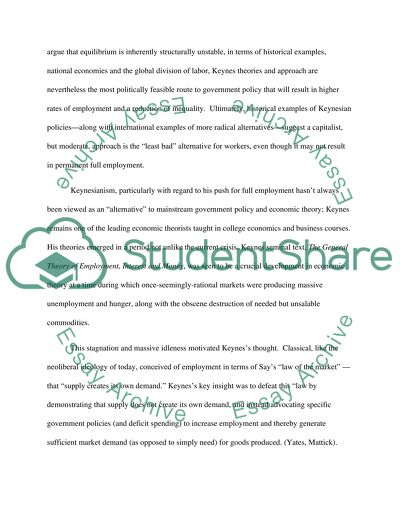Cite this document
(Dont Call it a Comeback: Keynesianism, Crisis and Opportunity Essay, n.d.)
Dont Call it a Comeback: Keynesianism, Crisis and Opportunity Essay. https://studentshare.org/macro-microeconomics/1574450-full-time-employment-on-a-global-scale-keynesiansliberalism
Dont Call it a Comeback: Keynesianism, Crisis and Opportunity Essay. https://studentshare.org/macro-microeconomics/1574450-full-time-employment-on-a-global-scale-keynesiansliberalism
(Dont Call It a Comeback: Keynesianism, Crisis and Opportunity Essay)
Dont Call It a Comeback: Keynesianism, Crisis and Opportunity Essay. https://studentshare.org/macro-microeconomics/1574450-full-time-employment-on-a-global-scale-keynesiansliberalism.
Dont Call It a Comeback: Keynesianism, Crisis and Opportunity Essay. https://studentshare.org/macro-microeconomics/1574450-full-time-employment-on-a-global-scale-keynesiansliberalism.
“Dont Call It a Comeback: Keynesianism, Crisis and Opportunity Essay”. https://studentshare.org/macro-microeconomics/1574450-full-time-employment-on-a-global-scale-keynesiansliberalism.


